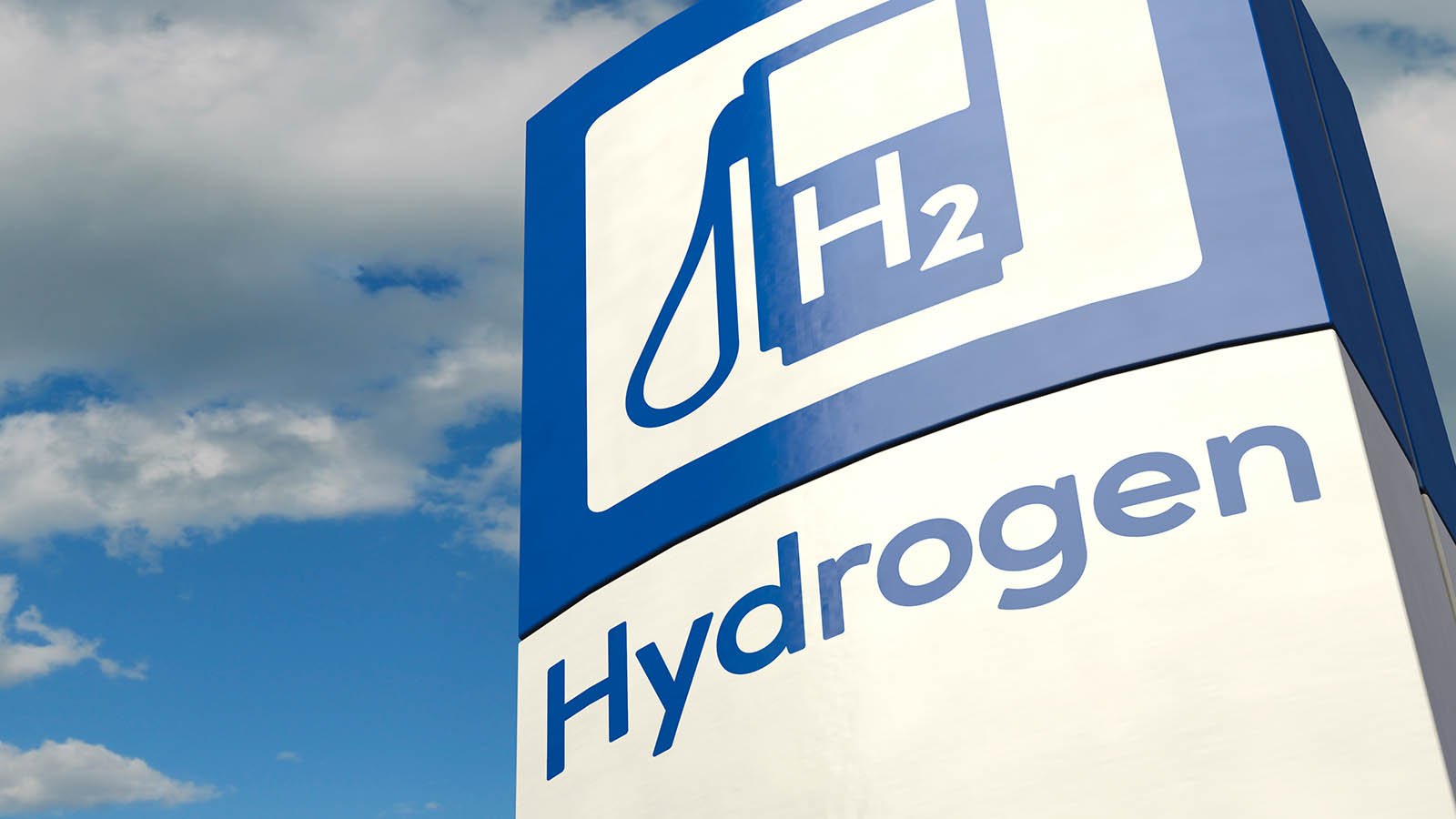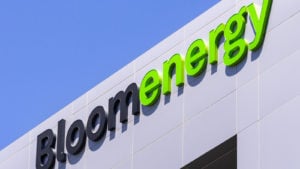
Hydrogen stocks are having a tough time in 2024. The Global X Hydrogen ETF (NASDAQ:HYDR), which holds around 28 different hydrogen energy companies, has plummeted 46.9% on a year-to-date basis. High interest rates, which have a significant impact on capital intensive industries (e.g., renewable energy), have largely soured investor sentiment on hydrogen stocks. The idea is, as interest rates remain elevated, it will likely be harder to finance new hydrogen projects in the future, which could ultimately dent growth in the sector.
However, this doesn’t mean the sector will not benefit from long-terms secular trends. As the U.S. Federal Reserve reiterated recently, interest rates will begin to fall during the latter half of this year, which could put some pressure of capital intensive businesses. Moreover, the Inflation Reduction Act of 2022 provides tax incentives and subsidies to clean energy projects, including hydrogen energy projects.
Investors desiring to allocate to clean energy equities assets should probably regard this major dip in equity value as an opportunity to allocate to the future of energy.
Here are three hydrogen stocks to consider buying to reap long-term gains.
Linde (LIN)

A leader in industrial gases and chemicals, Linde (NASDAQ:LIN) has become heavily involved in various aspects of the hydrogen value chain, from production to distribution to end-use applications. Hydrogen atoms are required in large quantities in the chemical industry for the clean production of ammonia, plastics, synthetic jet fuel and metals, and this explains how Linde was able to enter this rather smoothly space.
Last year, Linde’s management team announced the company would invest between $7 to $9 billion in clean energy projects over the next few years. Thus far, Linde operates 80 hydrogen plants worldwide and has installed almost 200 hydrogen refueling stations.
In their Q4 earnings, the industrial gas giant beat Wall Street’s estimates for sales and adjusted earnings. Unfortunately, the company will still see slow growth in 2024 due to slower demand for metals and electronics end-markets. Still, Linde’s investments in hydrogen could serve as a growth catalyst in the future, boosting shareholder returns.
LIN shares have risen more 14.2% on a YTD basis, outperforming a lot hydrogen players in the market.
Plug Power (PLUG)

While Plug Power (NASDAQ:PLUG) is the largest supplier of liquid hydrogen and the company produces sophisticated hydrogen fuel cells for the supply chain and logistics industries, the company’s shares are in dire straits as of recent. PLUG has plunged more than 28% on a YTD basis. Nowadays, Plug Power trades at just over $3/share. With the company having more than half of a billion dollars of debt on its most recent balance sheet, which was more than half of Plug Power’s revenue, it probably makes sense investors have been too wary to buy up shares.
However, Plug Power’s fuel cells are transforming the market, especially for companies that want to deploy and operate hydrogen-powered industrial vehicles, including forklifts, trucks, buses and drones. The hydrogen fuel cell developer has successfully formed several strategic partnerships with major players in the mobility and logistics sector. This includes Amazon (NASDAQ:AMZN), Walmart (NYSE:WMT) and Airbus (OTCMKTS:EADSY).
Moreover, Plug Power’s cost-cutting initiative could help save more than $75 million. Cuts to operational costs and strategic review could improve Plug Power’s earnings prospects and shareholder returns.
Bloom Energy (BE)

Bloom Energy (NYSE:BE) is another pure-play company in the hydrogen industry. The company’s solid oxide fuel cell technology can generate electricity from various fuels, including natural gas, biogas and hydrogen. Unfortunately, similar to Plug Power, investors have snubbed BE due to its high debt and slower growth in 2023. According to their 2023 10-K SEC Filing, Bloom Energy had more than $1.2 billion of external debt obligations on its balance sheet, which resulted in sizable “interest expense” line-item figure in 2023.
Bloom Energy and its investors can escape the current doldrum by not only focusing on its key products but also by forming partnerships. Oil and gas giant Shell (NYSE:SHEL) announced a signed agreement with Bloom Energy to investigate opportunities in employing Bloom Energy’s fuel cells for hydrogen energy projects. This could be a growth catalyst for the company in the long term, despite short-term headwinds.
On the date of publication, Tyrik Torres did not have (either directly or indirectly) any positions in the securities mentioned in this article. The opinions expressed in this article are those of the writer, subject to the InvestorPlace.com Publishing Guidelines.






